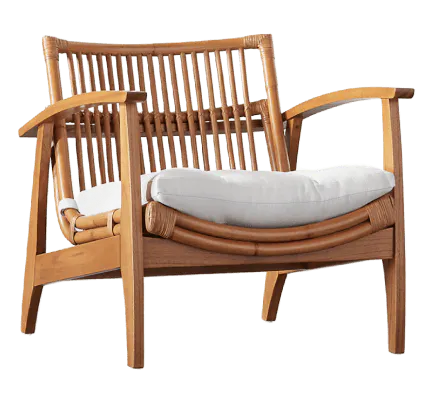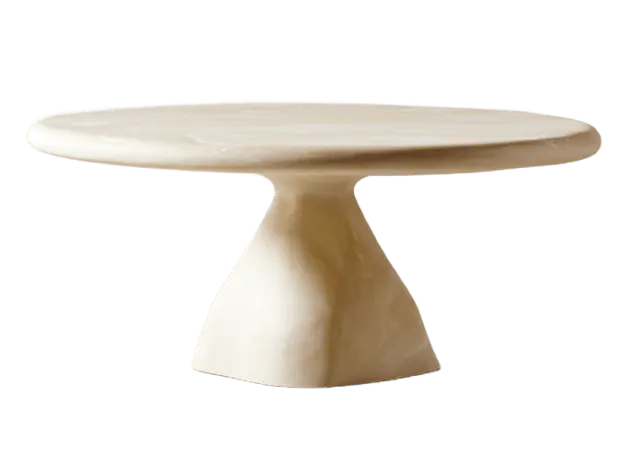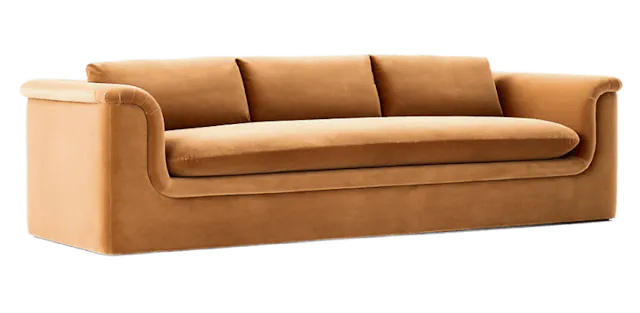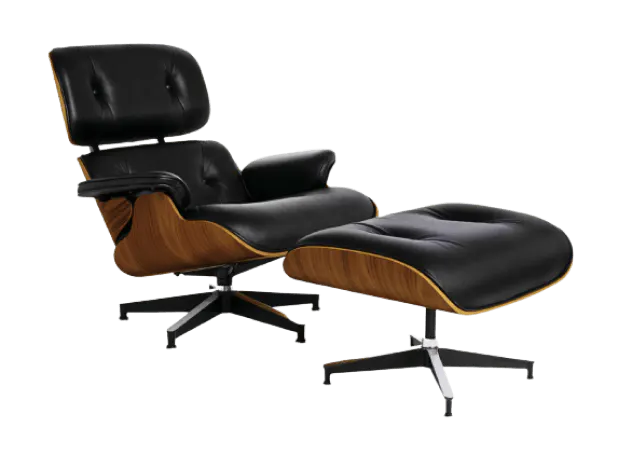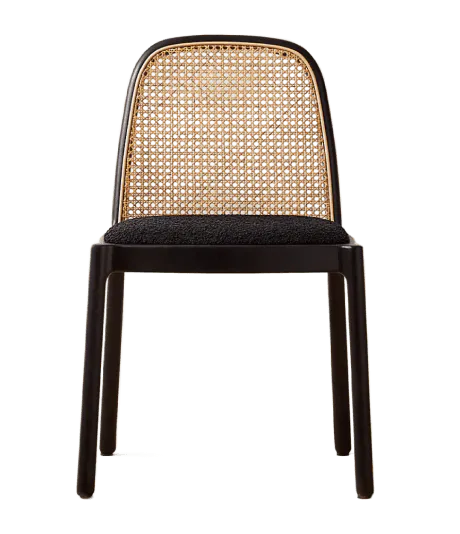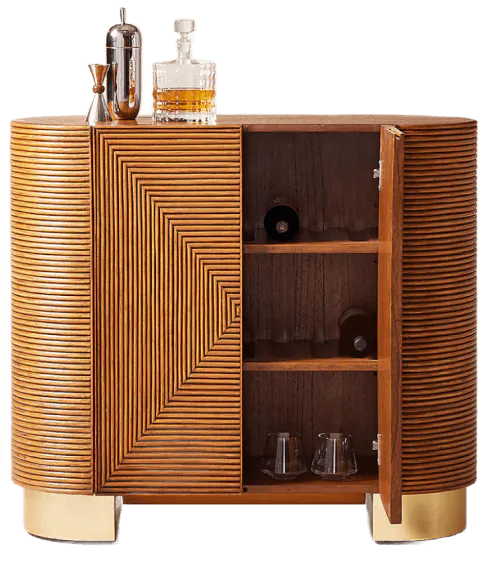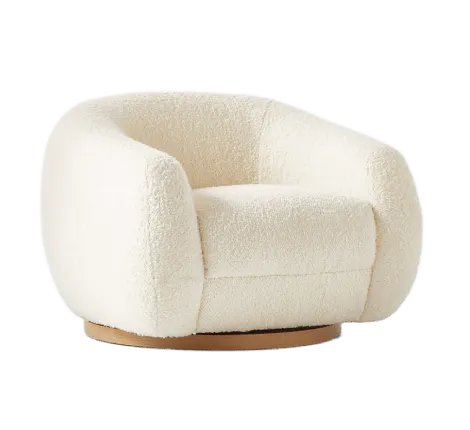Wood Dresser
Things to consider
Look at the size of the dresser. It should fit the space in the room without making it feel cramped. Measure the area where it will go to ensure it fits well.
Check the material quality. A solid wood dresser is durable and can last a long time. Make sure the wood is strong and well-finished.
Think about the design and color. The dresser should match the style of the room. Neutral colors can blend well, while bold colors can make a statement.
Consider the number of drawers. More drawers mean more storage. Choose based on how much you need to store.
Look at the drawer mechanism. Smooth-gliding drawers are easier to use daily. Try them out to see how they work.
Check for safety features. Anti-tip mechanisms can prevent accidents, especially in homes with children.
Compare prices. Make sure it fits your budget while still meeting your needs for quality and style.
Good to know
Is a solid wood dresser worth it?
A solid wood dresser is often considered worth the investment due to its durability, timeless aesthetic, and the natural beauty of the wood grain. Unlike dressers made from particleboard or other composite materials, solid wood dressers are known for their strength and longevity, and they can often be refinished if the surface becomes damaged over time, extending their usable life even further.
How long do wooden dressers last?
Wooden dressers are renowned for their longevity, often lasting for decades when properly maintained. The durability of a wooden dresser largely depends on the type of wood used and the quality of craftsmanship. High-quality hardwoods like oak, maple, or cherry, combined with well-crafted construction, can enable a wooden dresser to be passed down through generations.
Why is a dresser so expensive?
Dressers can be expensive due to several factors, including the cost of high-quality wood, the skill and labor involved in crafting them, and the durability and design features they offer. Solid wood, especially hardwoods, can be costly because of its sourcing and the time required to properly dry and prepare it. Additionally, dressers often feature intricate designs and joinery techniques that require skilled craftsmanship, adding to their overall cost.
What makes a good dresser?
A good dresser is characterized by its sturdy construction, quality materials, and functional design. Look for features such as dovetail joints, solid wood drawers, and a finish that enhances the wood's natural beauty. The dresser should also have a balanced design with drawers that glide smoothly and provide ample storage space. Attention to detail in the craftsmanship, such as evenly aligned drawers and a robust frame, is a key indicator of a high-quality dresser.
How do I care for my wood dresser to make it last longer?
To care for your wood dresser and ensure it lasts longer, dust it regularly with a soft, dry cloth to prevent buildup that can scratch the surface. Avoid placing it in direct sunlight or near heat sources, as these can cause the wood to fade or warp. Use coasters or mats to protect the surface from spills and stains, and periodically clean it with a wood cleaner or polish specifically designed for the type of finish on your dresser. Additionally, consider applying a layer of wax or sealant to protect the wood and enhance its natural luster.
Is a solid wood dresser worth it?
A solid wood dresser is often considered worth the investment due to its durability, timeless aesthetic, and the natural beauty of the wood grain. Unlike dressers made from particleboard or other composite materials, solid wood dressers are known for their strength and longevity, and they can often be refinished if the surface becomes damaged over time, extending their usable life even further.
How long do wooden dressers last?
Wooden dressers are renowned for their longevity, often lasting for decades when properly maintained. The durability of a wooden dresser largely depends on the type of wood used and the quality of craftsmanship. High-quality hardwoods like oak, maple, or cherry, combined with well-crafted construction, can enable a wooden dresser to be passed down through generations.
Why is a dresser so expensive?
Dressers can be expensive due to several factors, including the cost of high-quality wood, the skill and labor involved in crafting them, and the durability and design features they offer. Solid wood, especially hardwoods, can be costly because of its sourcing and the time required to properly dry and prepare it. Additionally, dressers often feature intricate designs and joinery techniques that require skilled craftsmanship, adding to their overall cost.
What makes a good dresser?
A good dresser is characterized by its sturdy construction, quality materials, and functional design. Look for features such as dovetail joints, solid wood drawers, and a finish that enhances the wood's natural beauty. The dresser should also have a balanced design with drawers that glide smoothly and provide ample storage space. Attention to detail in the craftsmanship, such as evenly aligned drawers and a robust frame, is a key indicator of a high-quality dresser.
How do I care for my wood dresser to make it last longer?
To care for your wood dresser and ensure it lasts longer, dust it regularly with a soft, dry cloth to prevent buildup that can scratch the surface. Avoid placing it in direct sunlight or near heat sources, as these can cause the wood to fade or warp. Use coasters or mats to protect the surface from spills and stains, and periodically clean it with a wood cleaner or polish specifically designed for the type of finish on your dresser. Additionally, consider applying a layer of wax or sealant to protect the wood and enhance its natural luster.
Is a solid wood dresser worth it?
A solid wood dresser is often considered worth the investment due to its durability, timeless aesthetic, and the natural beauty of the wood grain. Unlike dressers made from particleboard or other composite materials, solid wood dressers are known for their strength and longevity, and they can often be refinished if the surface becomes damaged over time, extending their usable life even further.
How long do wooden dressers last?
Wooden dressers are renowned for their longevity, often lasting for decades when properly maintained. The durability of a wooden dresser largely depends on the type of wood used and the quality of craftsmanship. High-quality hardwoods like oak, maple, or cherry, combined with well-crafted construction, can enable a wooden dresser to be passed down through generations.
Why is a dresser so expensive?
Dressers can be expensive due to several factors, including the cost of high-quality wood, the skill and labor involved in crafting them, and the durability and design features they offer. Solid wood, especially hardwoods, can be costly because of its sourcing and the time required to properly dry and prepare it. Additionally, dressers often feature intricate designs and joinery techniques that require skilled craftsmanship, adding to their overall cost.
What makes a good dresser?
A good dresser is characterized by its sturdy construction, quality materials, and functional design. Look for features such as dovetail joints, solid wood drawers, and a finish that enhances the wood's natural beauty. The dresser should also have a balanced design with drawers that glide smoothly and provide ample storage space. Attention to detail in the craftsmanship, such as evenly aligned drawers and a robust frame, is a key indicator of a high-quality dresser.
How do I care for my wood dresser to make it last longer?
To care for your wood dresser and ensure it lasts longer, dust it regularly with a soft, dry cloth to prevent buildup that can scratch the surface. Avoid placing it in direct sunlight or near heat sources, as these can cause the wood to fade or warp. Use coasters or mats to protect the surface from spills and stains, and periodically clean it with a wood cleaner or polish specifically designed for the type of finish on your dresser. Additionally, consider applying a layer of wax or sealant to protect the wood and enhance its natural luster.



